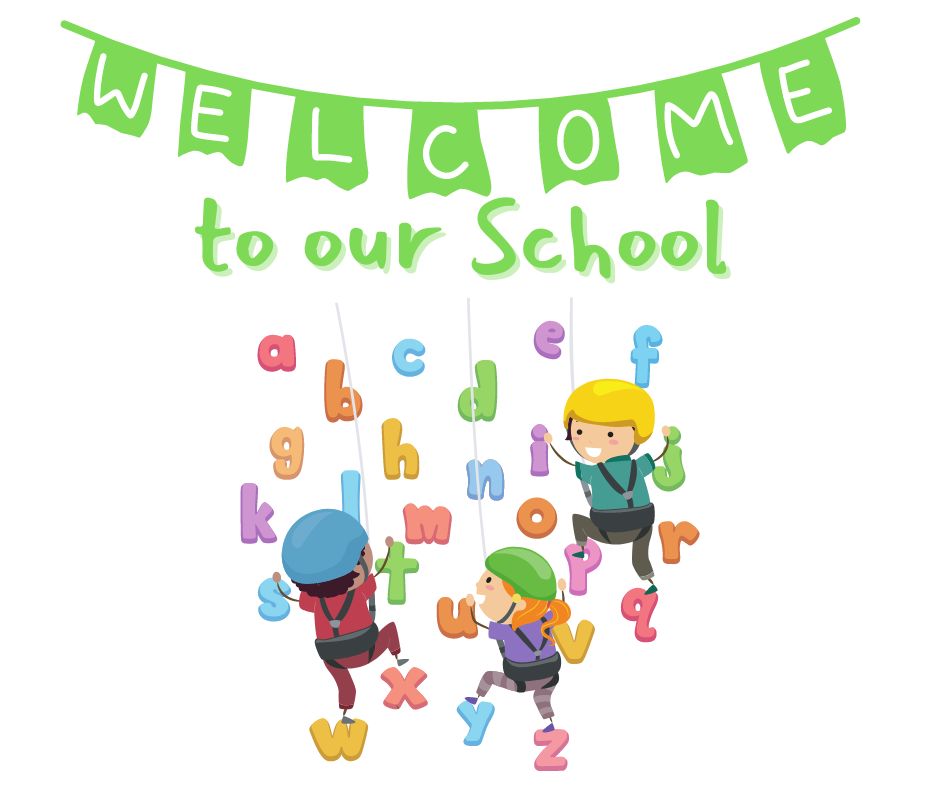
Why Healthy School Meals Matter
Proper nutrition is linked to improved academic performance. Unfortunately, many students today are not receiving the nutrition they need at home. The statistics are scary. Nearly 49 million Americans—one in five children—live in households that lack the means to get enough nutritious food on a regular basis. At the same time, one-third of all children in the U.S. are overweight or obese.
Both conditions have serious consequences. Children who experience hunger are more likely to:
- be late or absent from school
- have difficulty concentrating
- develop behavioral problems such as anxiety, aggression, mood swings, and hyperactivity
Also, children who are overweight or obese are more likely to experience sadness, loneliness and anxiousness, and perform worse on academic tests than children with lower BMIs.
Schools are working to address this crisis through school meal programs. The Healthy, Hunger-Free Kids Act requires that school breakfast and lunch follow updated nutrition standards. These include serving more whole grains, fruits, vegetables and lean meats, while limiting sodium, trans fat, and saturated fat.
For many students participating in the school meals program, these meals provide up to 50% of their daily nutrient needs. School meals are a good source of the age-appropriate calories and nutrients necessary for students to grow properly and perform well in school.
While school meals are an invaluable tool towards solving child hunger and obesity, many schools still face difficulties in getting children to actually eat them. Meals that don’t look or taste good, students not having enough time to eat, and cafeterias that do not promote healthy choices can influence whether a student chooses to eat a school meal.
Just like other components of school health and children’s success, it’s important for parents to be involved to create and mobilize solutions. Now the hard part, where do you start? Simply having a conversation with your school principal and food service manager is your first step to improving school meals.
This conversation will give your food service manager and principal an opportunity to explain the updates they have made, the struggles they are facing, and what your role can be. Here are some ideas to get you thinking!
IMPROVE THE CAFETERIA
Offer fruits and vegetables in a fun and appealing way. “Power peas” or “dinosaur broccoli trees” sound better than plain old peas or broccoli. Ensure water is available to all students. Try fruit- and vegetable-infused water for added nutrients. Citrus cucumber-infused water, anyone?
ADVOCATE FOR IMPROVED SCHOOL WELLNESS POLICIES
Advocate for recess before lunch. Studies show kids eat more vegetables and are less anxious when having recess before lunch. Find out if your school follow A Guide to Smart Snacks in School. If not, work with your PTA and school officials to establish stronger policies for foods and beverages sold in school.
SPRUCE UP THE MENU
Hold a student recipe contest and highlight the winner on the lunch menu. This will also give students a sense of ownership over the school meals. Fundraise for a school salad bar! Salad bars are a great opportunity for students to self-select fruits and vegetables and try foods they haven’t had before.
GET THE WORD OUT
Help your food service team explain the school meal nutrition standards, highlight changes to the menu, and promote the lunch and school breakfast program. Have lunch with your kid so you can better understand what your kids are eating, taste it yourself, and engage in the school meals conversation.
SCHOOL LUNCHES BEFORE AND AFTER THE HEALTHY, HUNGER-FREE KIDS ACT
Before: One serving of fruits or vegetables
After: One serving of vegetables and one serving of fruits
Before: No guidance on types of vegetables served
After: Must serve a variety of vegetables, beans and peas, while limiting starchy vegetables such as potatoes
Before: Whole grains are encouraged
After: At least half of the grains served must be whole-grain rich
Before: One cup of any type of milk
After: One cup of milk that is either fat-free and can be flavored or low-fat and unflavored
Before: No limit on trans-fat in school meals
After: Zero grams of trans-fat allowed in school meals
About the Author and National PTA
Dana Taylor is manager of programs and partnerships at National PTA, a network of millions of families, students, teachers, administrators, and business and community leaders devoted to bettering the lives of every child in education, health and safety and empowering families to support their child’s learning and growth. She can be reached at danataylor@pta.org.





